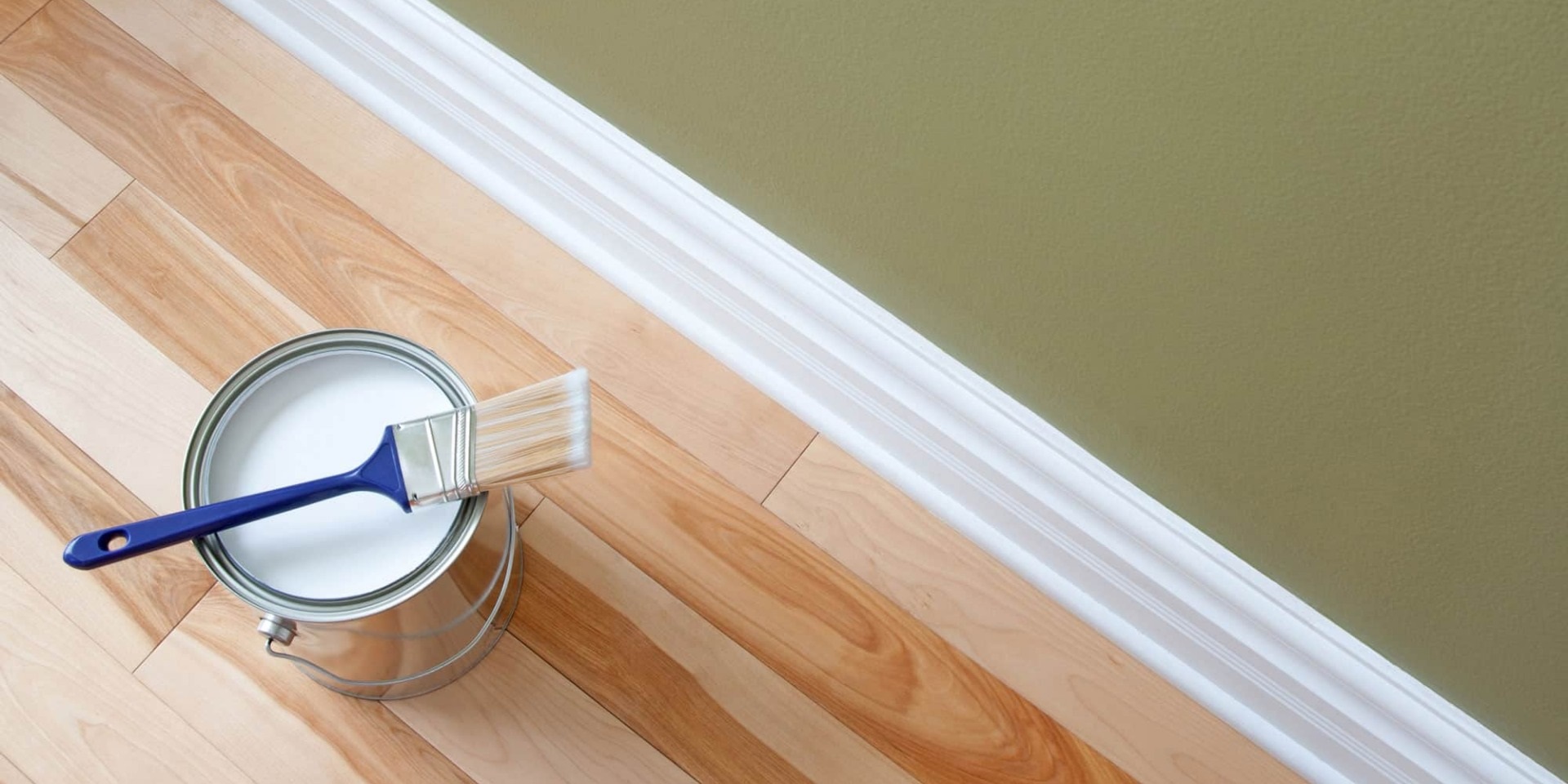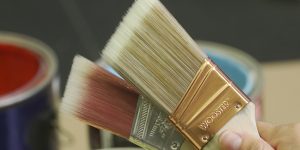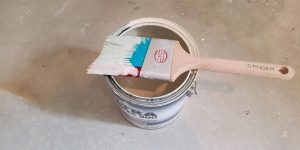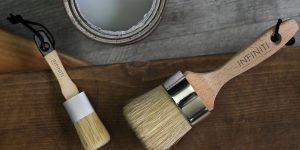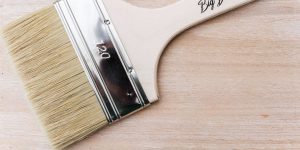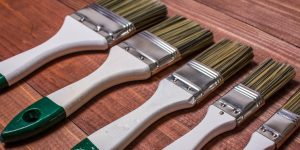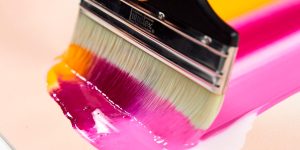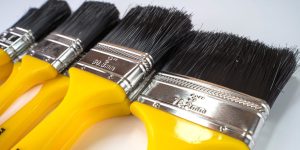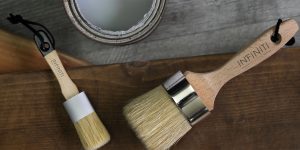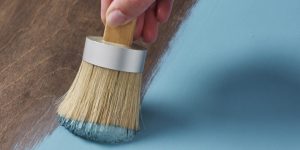Painting baseboards is a task that must be done whenever you repair your house or have new wallpaper hung. Traditional painting methods require using a brush that leaves an undesirable line – brush marks.
Let’s face it; no one likes to see brush marks when painting baseboards. Baseboards are everywhere in a house, and people will see them as soon as they walk into your home.
There are several different ways to avoid this common problem.
What are the ways to paint baseboards without brush marks?
The first step to preventing brush marks when painting baseboards is avoiding excessive paint on your brush. Putting too much paint on the brush will result in thicker and more noticeable brush strokes. So, only load up your brush with as much paint as it can hold without dripping off the end of bristles.
Another thing you should avoid when painting baseboards is using an overly dry brush. Make sure that your brush isn’t too wet, but it shouldn’t be overly dry when very little paint is coming out of the bristles. It will end up lacking coverage, and you end up with more noticeable brush marks than you wanted in the first place.
And lastly, make sure that you are not doing very long strokes when painting baseboards. Doing too long a stroke will leave noticeable brush marks along the wall. To avoid this, make smaller and quicker strokes instead. This way, you can ensure an even coat without any noticeable brush marks.
If you follow these three tips, you should be able to avoid the dreaded and unattractive brush marks when painting baseboards. However, it is also essential to prepare baseboards for painting to avoid brush marks.
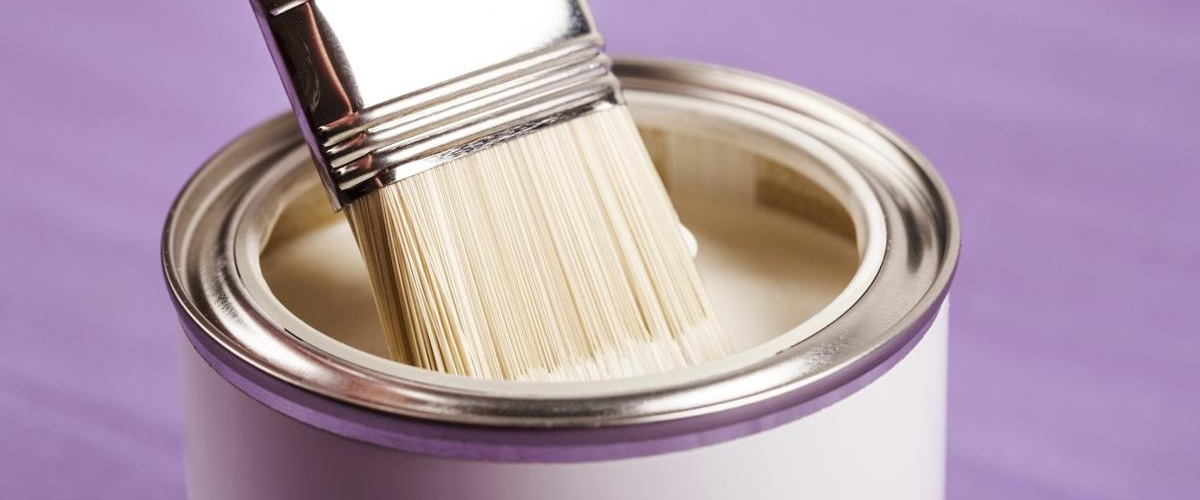
How to prepare baseboards for painting?
The best way to avoid problems is to sand down the baseboard before painting it. It is easy if you have a sander, but you can also use sandpaper instead. Remember not to press too hard on the baseboard when sanding because this could damage it.
After you have finished sanding down the baseboards, we recommend wiping them down with a dry towel or rag. It will ensure that no dust is left behind and that they are clean for painting purposes.
Depending on the condition of your baseboards, you may need to prime them before painting. If your baseboards are already in good shape and there is no damage done to them, then you can easily paint over top of it
What brush and paint to use to avoid brush marks?
This question is primarily because people want their paintings to be as smooth as possible. Brush marks are fine lines in the paint that can be caused by your brush not being soft enough, like a paint brush for oil based paint.
So, the good idea is to use a soft enough brush for a particular type of paint and color. Using a very soft brush will reduce the chance of getting brush marks. The longer synthetic bristles also help you achieve an even coat because they create less drag on the surface than shorter natural bristles would.
It is recommended to use water-based paint because they dry so much faster than oil-based. In addition, it will help avoid brush strokes from appearing on your surface.
Some people argue that the best kind of paint on baseboards is semi-gloss latex, which has added chemicals that make it stick better. Latex paints are better than oil or alkyd paints, which are more likely to leave brush marks.

